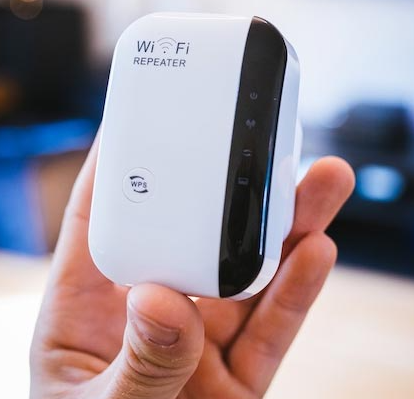Are you tired of struggling with a weak Wi-Fi signal in your home? Do you feel like you’re constantly tethered to your router, unable to get a decent connection in the far corners of your house? If so, you’re not alone. Millions of people deal with the frustration of Wi-Fi dead zones, but there is a solution: the Wi-Fi extender IP address and setup.
A Wi-Fi extender is a device that amplifies the signal from your existing router, creating a stronger connection in areas where the signal is weak or nonexistent. But before you can enjoy the benefits of a Wi-Fi extender, you need to set it up correctly. And that often involves knowing its IP address.
What is a Wi-Fi Extender IP Address?
Every device connected to a network has a unique IP address, which is like its digital fingerprint. The IP address allows other devices on the network to identify and communicate with it. Your Wi-Fi extender also has an IP address, which you’ll need to know in order to access its settings and configure it.
The most common default IP address for Wi-Fi extenders is 192.168.188.1. However, this is not always the case. Some manufacturers use different default IP addresses. If you’re not sure what the IP address of your extender is, you can check the following places:
- The user manual that came with your extender
- A sticker on the bottom or back of the extender
- The website of the extender manufacturer
How to Set Up Your Wi-Fi Extender using its IP Address
Once you know the IP address of your extender, you can follow these steps to set it up:
- Connect your computer to the extender via Ethernet cable or Wi-Fi (if your extender supports WPS, you can use that instead).
- Open a web browser and enter the IP address of your extender in the address bar.
- Press Enter.
- Now, the system will prompt you to enter the username and password for the extender’s web interface. These are usually printed on the user manual or a sticker on the extender.
- Once you’re logged in, you can follow the on-screen instructions to configure your extender. This typically involves selecting the network you want to extend, setting the extender’s SSID and password, and choosing a channel.
Troubleshooting Tips
If you’re having trouble setting up your Wi-Fi extender, here are a few troubleshooting tips:
- Make sure you’re using the correct IP address.
- Double-check that your computer is connected to the extender.
- Try restarting the extender and your router.
- If you’re still having trouble, consult the user manual or contact the extender manufacturer for support.
Additional Tips for Optimal Wi-Fi Extender Performance
- Place your extender in a central location between your router and the area where you have a weak signal.
- Avoid placing your extender near metal objects or appliances, as these can interfere with the signal.
- Keep the firmware of your extender up to date.
- If you have multiple Wi-Fi extenders, make sure they’re not using the same channel, as this can cause interference.
By following these tips, you can conquer those pesky Wi-Fi dead zones and enjoy a strong, reliable connection throughout your home.




